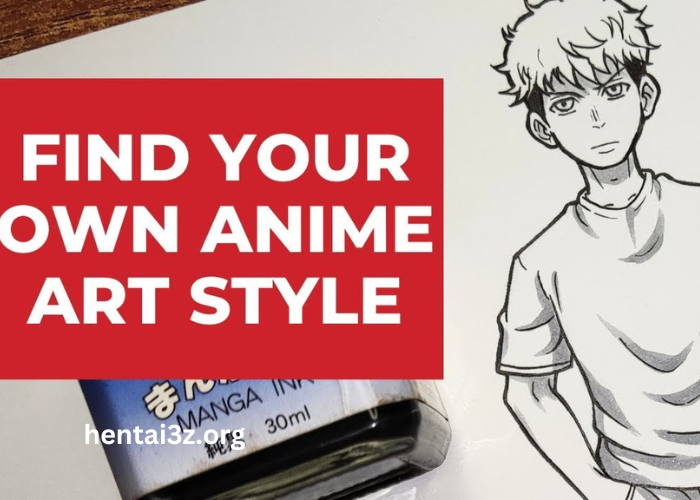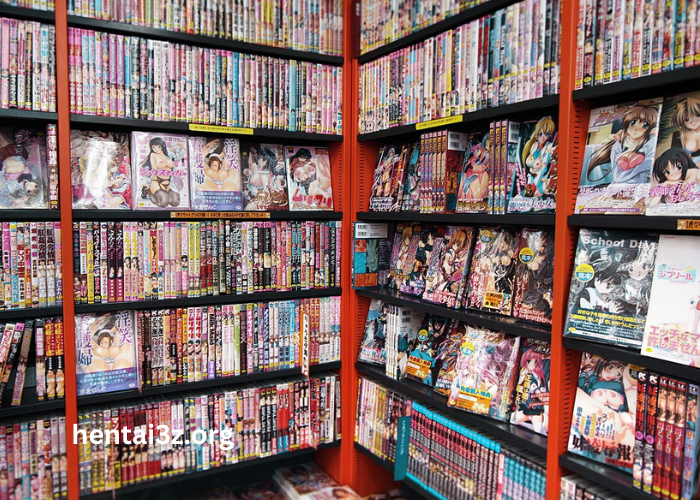Fantasy hentai manga, with its blend of imaginative worlds, captivating characters, and sensual encounters, has captured the hearts and minds of fans worldwide. For aspiring artists looking to delve into this captivating genre, mastering the art of drawing fantasy hentai manga can be a fulfilling and rewarding journey. In this comprehensive guide, we’ll explore the step-by-step process of creating your own fantasy hentai manga, offering tips, techniques, and insights to help you bring your wildest fantasies to life on the page.
Understanding Fantasy Hentai Manga
Before diving into the creative process, it’s essential to understand the unique characteristics of fantasy hentai manga. Fantasy hentai manga typically combines elements of fantasy, magic, and explicit sexual content to create immersive and tantalizing stories. These stories often take place in richly imagined worlds populated by mythical creatures, epic adventures, and forbidden desires. By blending fantasy with erotica, creators have the freedom to explore taboo themes and indulge in flights of imagination that transcend the boundaries of reality.
Step 1: Conceptualization and Planning
The first step in creating your fantasy hentai manga is conceptualizing your story and planning out its key elements. Consider the following:
Develop Your Story
Start by developing a compelling storyline that engages readers and draws them into your fantasy world. Brainstorm ideas for characters, settings, and plot twists, and outline the major events and conflicts that will drive the narrative forward.
Design Your Characters
Next, design your characters, including their appearances, personalities, and backstories. Consider how each character fits into the larger story and how their interactions with one another will shape the plot. Pay attention to details such as clothing, accessories, and facial expressions to bring your characters to life on the page.
Create Your Setting
Finally, create the setting for your manga, including its geography, culture, and history. Consider the time period, technology level, and social dynamics of your world, and how these factors will influence the events of your story. Sketch out key locations and landmarks to help visualize your setting and bring it to life in your artwork.
Step 2: Sketching and Thumbnailing
Once you have a clear vision for your manga, it’s time to start sketching out your ideas and creating thumbnails to plan out your pages. Consider the following:
Thumbnailing
Start by creating thumbnail sketches of each page of your manga, focusing on composition, pacing, and panel layout. Keep your thumbnails rough and loose, focusing on capturing the flow of the story and the mood of each scene.
Character Design
Refine your character designs through sketching, experimenting with different poses, expressions, and outfits. Pay attention to anatomy, proportions, and gesture to ensure that your characters are dynamic and expressive on the page.
Setting Design
Sketch out key locations and backgrounds for your manga, focusing on establishing mood, atmosphere, and depth. Experiment with different perspectives and angles to create visually interesting compositions that draw the reader into your world.
Step 3: Inking and Detailing
Once you’re satisfied with your sketches and thumbnails, it’s time to move on to inking and detailing your artwork. Consider the following:
Inking
Use waterproof ink pens or brushes to ink over your pencil sketches, refining your linework and adding depth and definition to your drawings. Experiment with line weights, line variation, and hatching techniques to create contrast and texture in your artwork.
Adding Details
Add details and embellishments to your artwork, including clothing textures, facial features, and background elements. Pay attention to small details such as folds, wrinkles, and accessories to add realism and visual interest to your drawings.
Digital Touch-ups
If you’re working digitally, take advantage of digital tools and software to clean up your linework, add color, and make adjustments to your artwork. Experiment with different brushes, filters, and effects to enhance the overall look and feel of your manga.
Step 4: Coloring and Shading
Once your linework is complete, it’s time to add color and shading to your artwork. Consider the following:
Color Theory
Choose a color scheme that complements the mood and tone of your manga, and use color theory principles to create harmony and balance in your artwork. Experiment with different hues, saturations, and values to evoke emotion and create visual interest.
Shading and Highlights
Add shading and highlights to your artwork to create depth and dimensionality. Consider the direction and intensity of light sources in your scene, and use shading techniques such as cross-hatching, stippling, and blending to create realistic lighting effects.
Textures and Effects
Experiment with textures and special effects to add visual interest and atmosphere to your artwork. Use techniques such as texture overlays, gradient fills, and brush effects to create depth, movement, and drama in your manga.
Step 5: Lettering and Dialogue
The final step in creating your fantasy hentai manga is adding lettering and dialogue to your pages. Consider the following:
Hand-Lettering
If you’re lettering your manga by hand, use waterproof ink pens or brushes to carefully letter your dialogue and sound effects. Pay attention to spacing, alignment, and legibility to ensure that your text is easy to read and visually appealing.
Digital Lettering
If you’re lettering digitally, use digital tools and software to add text to your pages. Experiment with different fonts, sizes, and styles to find the perfect look for your manga, and use digital effects such as drop shadows and outlines to enhance readability and visual impact.
Dialogue and Sound Effects
Write dialogue and sound effects that enhance the storytelling experience and bring your characters and scenes to life. Consider the tone, personality, and voice of each character, and use dialogue to reveal their thoughts, emotions, and motivations.
Conclusion: Embrace Your Creativity and Dive into Fantasy Hentai Manga
In conclusion, creating your own fantasy hentai manga is a rewarding and exhilarating journey that allows you to unleash your creativity and bring your wildest fantasies to life on the page. By following these step-by-step guidelines and experimenting with different techniques and styles, you can craft immersive and captivating stories that resonate with readers and leave a lasting impression. So embrace your inner artist, let your imagination run wild, and dive into the enchanting world of fantasy hentai manga.




